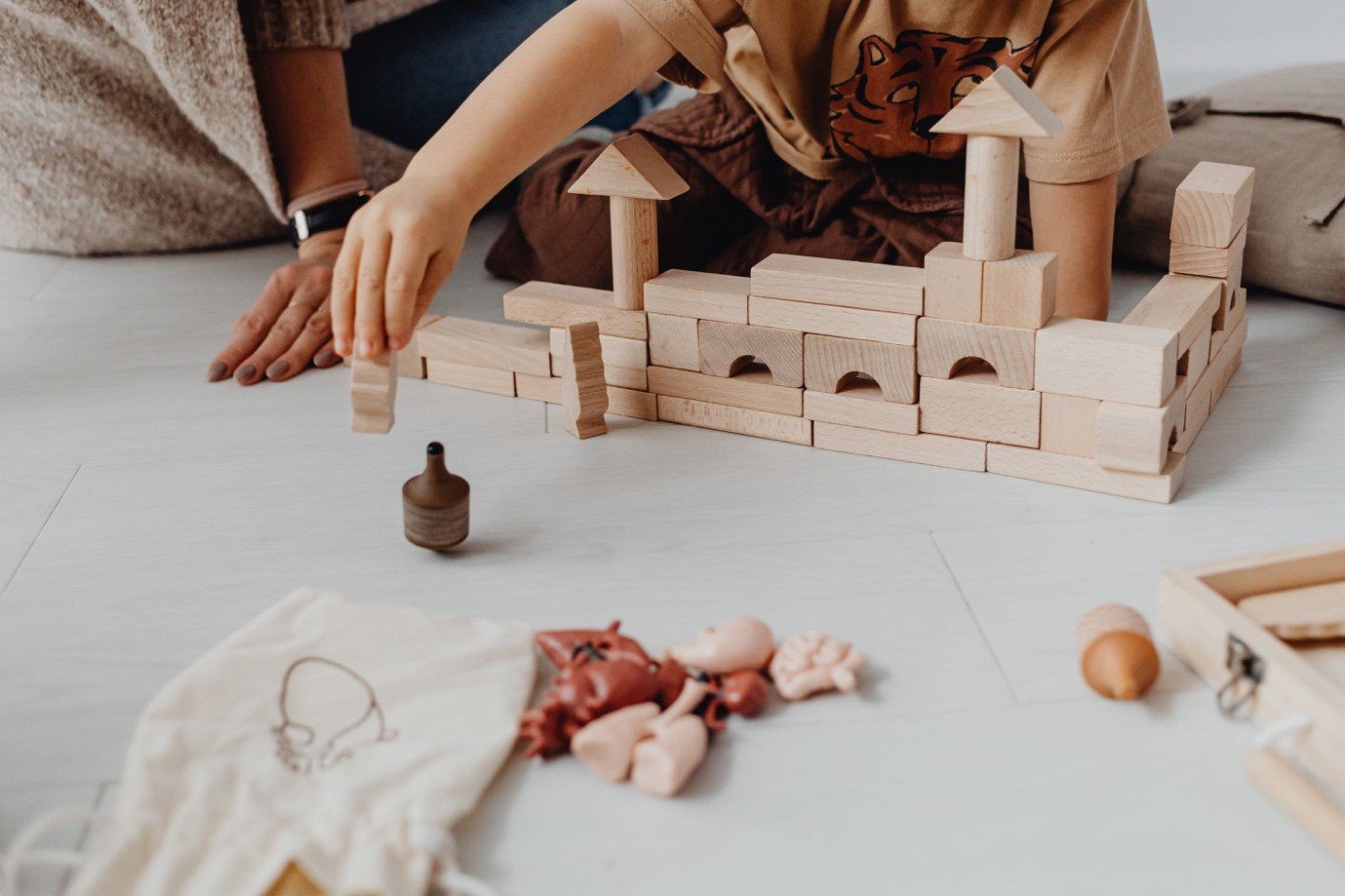What are Child Arrangement Orders?
Child Arrangements Orders (CAOs) are legal binding orders issued by the court which details the arrangements for a child including where the child will live and how they will spend time with each parent.
A Child Arrangements Order usually last until the child is sixteen or eighteen in exceptional circumstances, unless the order specifically states otherwise. The order automatically ends if separated parents were to resume living together for a continuous period of more than six months after the order has been made.
The Child Arrangements Order were previously known as Residence, Contact Order and Custody and Access Arrangements. It is important to note parents who already have one of the orders listed above do not need to reapply for a new one.
Applying for a Child Arrangements Order is not limited to parents only. Those who do not have parental responsibility for a child must seek permission of the court before submitting an application.

Various factors can give rise to disputes concerning children, including:
- Separation and divorce – The process of separating or divorcing parents often leads to conflicts regarding child arrangements.
- Child custody – Disagreements may arise when one party seeks sole custody of a child, while the other insists on joint custody.
- Parental alienation – Parental alienation occurs when one parent endeavours to estrange a child from the other parent, intensifying disputes.
- Domestic violence – Urgent intervention becomes imperative when one parent perpetrates abuse against a child or the other parent, adding a critical dimension to the disputes.
Court Application
The following steps are typically taken to resolve the matter:
Seeking Court Intervention: In cases where parents cannot reach a mutual agreement regarding child arrangements, they may turn to the family court for assistance. The family court plays a crucial role in determining what is in the best interests of the child, with the child's welfare being the foremost consideration when making any decisions.
Involvement of CAFCASS: Upon receiving an application, the Family Court typically forwards it to the Children and Family Court Advisory and Support Service (CAFCASS). CAFCASS is responsible for conducting safeguarding checks and preparing a concise report for the court. This report helps provide an initial understanding of the child's situation and well-being.
First Hearing Dispute Resolution Appointment (FHDRA): The court reviews the CAFCASS report during the First Hearing Dispute Resolution Appointment (FHDRA) to assess whether the involved parties can reach an agreement on the child's arrangements. If an agreement is reached during this stage, the court can issue final orders to formalize the arrangements.
Ordering Further Evidence: If no agreement is reached during the FHDRA, the court may order the collection of additional evidence to make an informed decision. The nature of the evidence required varies based on the specific issues involved. This may include statements from both parents, drug or alcohol tests, or psychological assessments.
Appointment of a CAFCASS Officer: In some cases, the court may appoint a CAFCASS officer to prepare a comprehensive report about the child's welfare. This report can include the child's wishes and feelings, particularly if the child is of an age where their input is considered relevant and appropriate.
Dispute Resolution Appointment (DRA): If an agreement is still not reached after the additional evidence has been considered, the case proceeds to a Dispute Resolution Appointment (DRA). During this phase, attempts are made to facilitate an agreement, but if this is unsuccessful, the case moves to a final hearing.
Final Hearing and Court Decision: At the final hearing, the court takes into account all the evidence presented and makes a determination regarding the child's arrangements. The court then issues a final order outlining the specific arrangements, which both parents are legally bound to comply with.
These steps ensure that child arrangements are made with the child's best interests and welfare in mind and provide a structured process for resolution in cases of parental dispute. Below we look at some of these in more detail.
Enforcing a Child Arrangement Order
If you already have a Child Arrangement Order in place in England or Wales but are finding that the other person named in the Child Arrangement Order isn’t sticking to the terms it lays out, or you want to enforce a Child Arrangement Order, you should speak with one of our Family and Child Law Solicitors.
Before enforcing a Child Arrangement Order, the Court has to be satisfied beyond reasonable doubt that the party has failed to comply with the Order. So, if the Child Arrangement Order has only been breached occasionally, and not in a significant way, the Court may be unwilling to enforce it.
If the Court is willing to enforce a Child Arrangement Order, it has a wide range of powers to do so, including:
- Referring the parties to a separated parenting information programme (SPIP) or mediation
- Varying the existing Child Arrangement Order
- An Enforcement Order or Suspended Enforcement Order
- Making a Court Order for compensation for financial loss
- Committal to prison
- A fine
To be able to enforce a Child Arrangement Order, there must be a warning notice attached to it. This is usually done automatically by the Court.
Varying a Child Arrangement Order
If you do decide to apply to the Court to vary an existing Child Arrangement Order, it’s important to remember that, although the Court will reassess the facts, their paramount consideration is still the child’s welfare.
The process by which you vary a Child Arrangement Order is similar to how you applied for it in the first place and you may have to attend a further Mediation Information and Assessment Meeting (MIAM).

Our Family and Child Law Solicitors Can Help You
If you’re currently in dispute about a Child Arrangement Order, or child arrangements in general, then our Family and Child Law Solicitors can help you. We can talk you through anything you need to know, from revising and enforcing or varying a Child Arrangement Order to resolving a dispute through mediation.
For more information see Child Arrangement Order FAQ.






